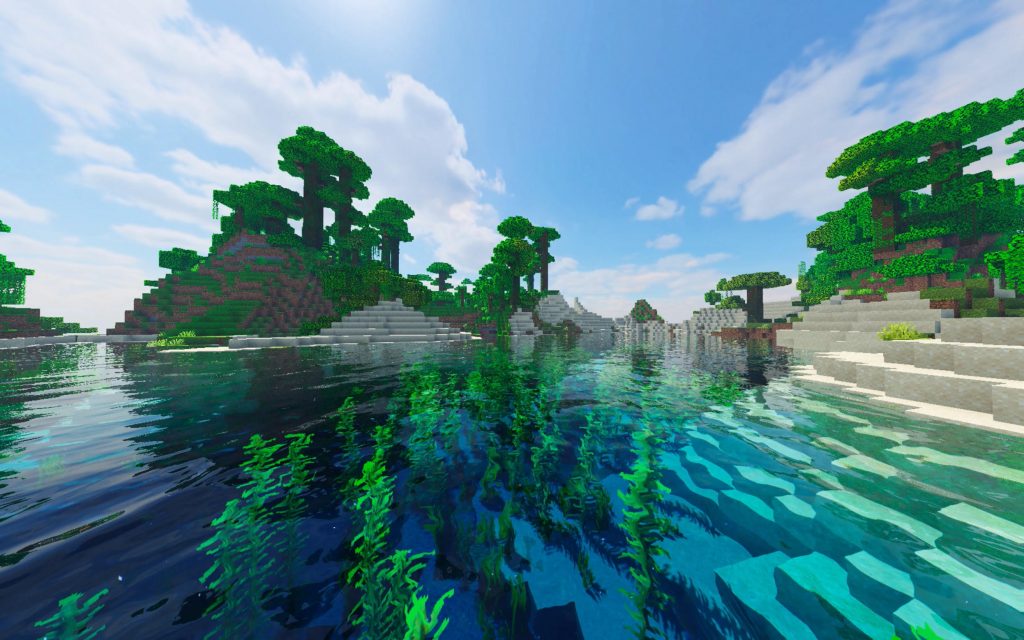
This guest post was written by Alex Lawson
Computer games have long been vilified for their negative effects on people: criticised for inciting violent behaviour, decreasing concentration spans and creating a sense of detachment from real life, the list goes on. Gaming is often portrayed as frivolous rather than constructive. Recently, however, opinion has started to change. People are beginning to see the value of computer games as an educational resource, along with the critical thinking they encourage.
The hugely popular Minecraft is a great example of how games can be a positive learning tool at both home and in school. Whilst Minecraft is an accessible game for all ages, it contains elements that can challenge even the most dedicated of gamers. Minecraft is a digital LEGO simulation where players construct complicated structures in a digital world. This world has its own physics, weather system and life forms, some of which are hostile and need to be defended against while others can be farmed or used to your advantage. These variables all need to be considered when building and surviving in the world of Minecraft.
The game also contains its own trading system that requires you to build better relationships with the inhabitants of the world. A good relationship with a trader affords you better prices on goods or more money for the items you sell to them, for example. Not only that but Minecraft includes a fairly detailed system for producing electrical circuits, enabling the user to create such wonders as the automatic melon farm or a simple light switch – the possibilities are truly endless!
Speaking with a teacher from Cornwall, she says, “I would definitely use Minecraft as a learning tool. I think students learn and advance more if they are having fun. They can develop complex shapes and consider geometric problems, reconstruct historical or cultural landmarks through research or produce imaginative worlds based on paintings or books they have read. It also supports their reading and writing skills through online chat when they are problem solving.”
She goes on to say, “My children are fascinated by Minecraft. As a parent, I believe it enhances their creativity when they build these wonderful worlds and spaces. It develops their problem solving skills when they have to react quickly to maintain their health and food levels. When playing with friends they collaborate and negotiate with each other continuously and teach each other through proudly sharing their knowledge. My eldest son loves it so much he has started to teach himself Java code in order to develop his own Mods to share with his friends.” Minecraft appears to have the power to engage people, young and old, with something they might not otherwise have an interest in.
Of course, Minecraft is but one example. There are many games out there that contain effective learning resources, covering skills such as problem solving, critical thinking, engineering and classics like reading, writing and mathematics. A strong argument also exists for the promotion of positive social interaction and teamwork within games, contrary to the opinion that games have the opposite effect. It is true that too much of a good thing is not good for you – games should be played with a degree of moderation after all – but it would appear that games can be an effective way to engage in a variety of different subjects and can be a powerful learning tool when used responsibly.
